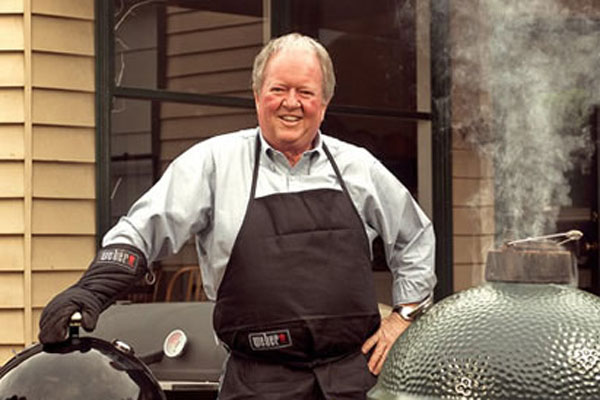Bob Hart’s recipe for Tri-Tip

TRYING THE TRI-TIP
There is a cut of beef which, for my money, stands head and shoulders above all others. But it’s a cut that not everyone knows about.
It’s called a tri-tip, and it is the extravagantly flavoured tip of the rump. But curiously, not even every butcher is familiar with it. Honest!
It is usually sliced from whole rump as a sturdy triangle weighing rather more than 1kg, and it is cooked in the piece. And if you have never done it before, and choose to do it on a barbecue and keep it on the rare side, you will be astounded at just how good it is.
There are a number of ways of going about this, according to what sort of barbecue you are using. You can roast it at a high heat (starting it around 220C and dropping it to 200C after 5 minutes, then cooking it at that temp until the internal target temp is achieved) on your gas barbecue – salting it well some hours before you put it on the heat and adding fresh, black pepper just before you put it on the grill, and monitoring the cooking temp with a probe thermometer. The idea is to cook your tri-tip quickly to between 45C and 50C and then to rest it – loosely tented in foil for 15 minutes or so. Then carve against the grain, eat, (with horseradish, and maybe a couple of Yorkshire puds, and be amazed.
Even better, however, is to cook it over charcoal – on a Weber Kettle, say, or a Pit Barrel Cooker, with a hint of hickory on the fire. Same temperatures for the kettle, but standard PBC temps for the Pit Barrel, on which it will take a bit longer.
As will always be the case, you will extract more flavour and therefore more enjoyment over charcoal. And if you conclude that this is the best piece of beef you have ever eaten, know this: you are probably right.















